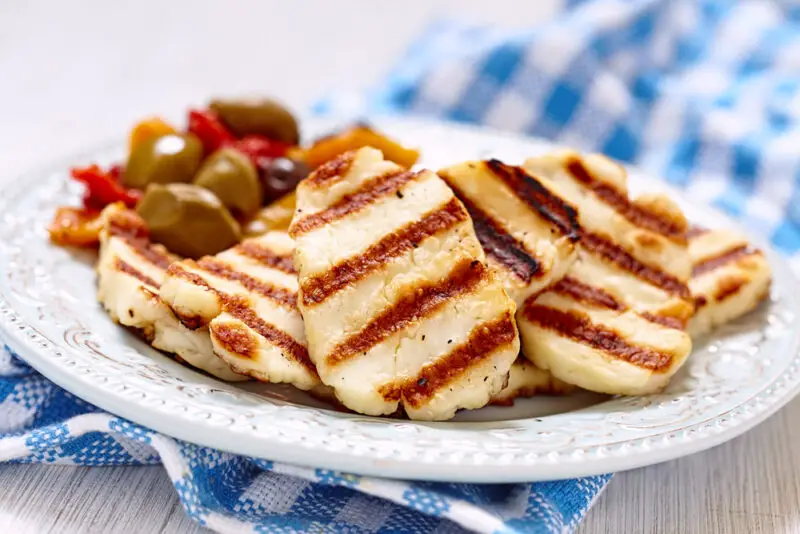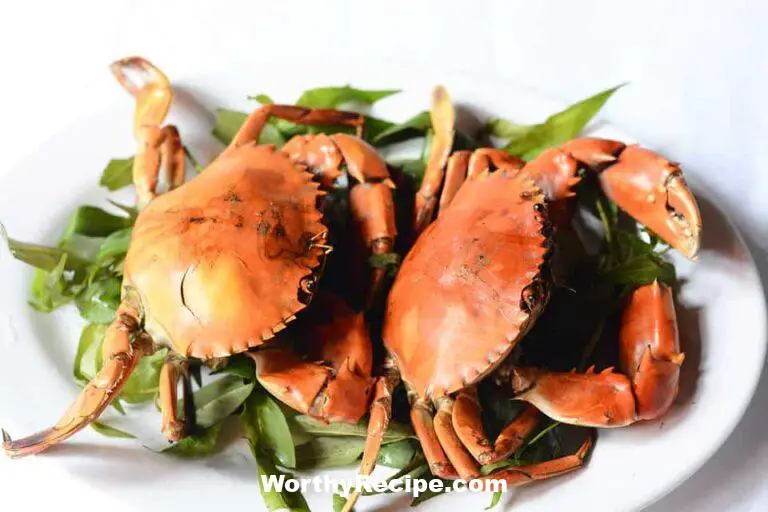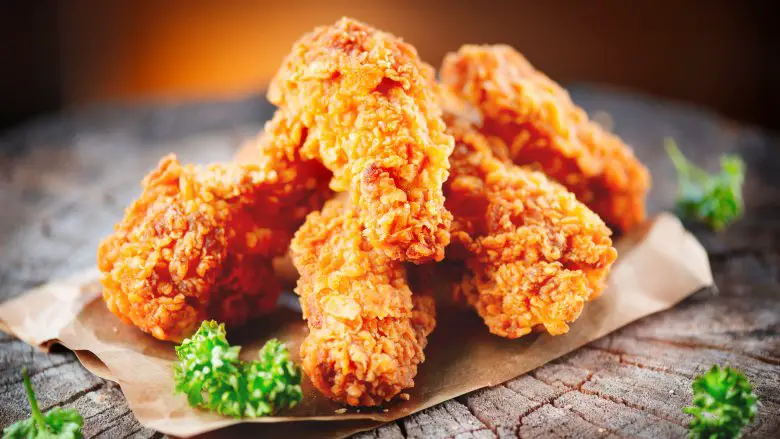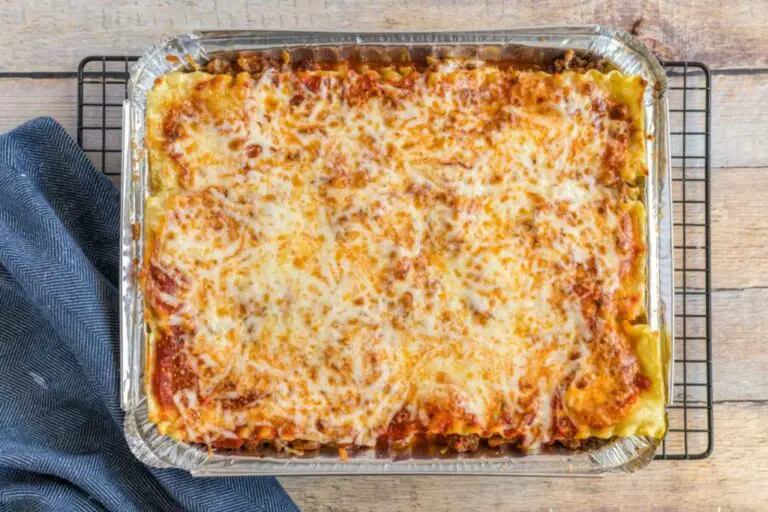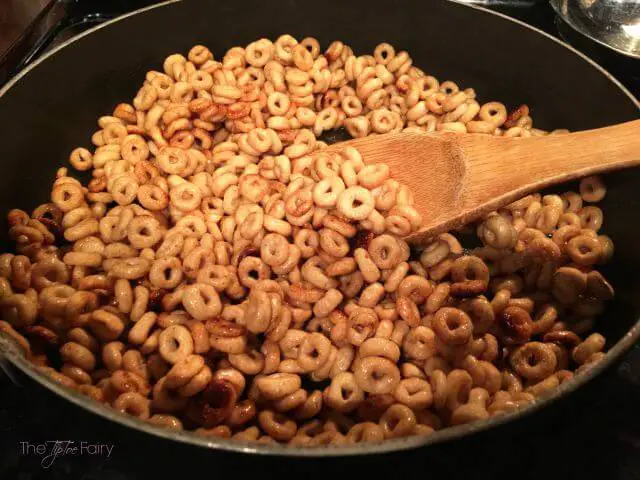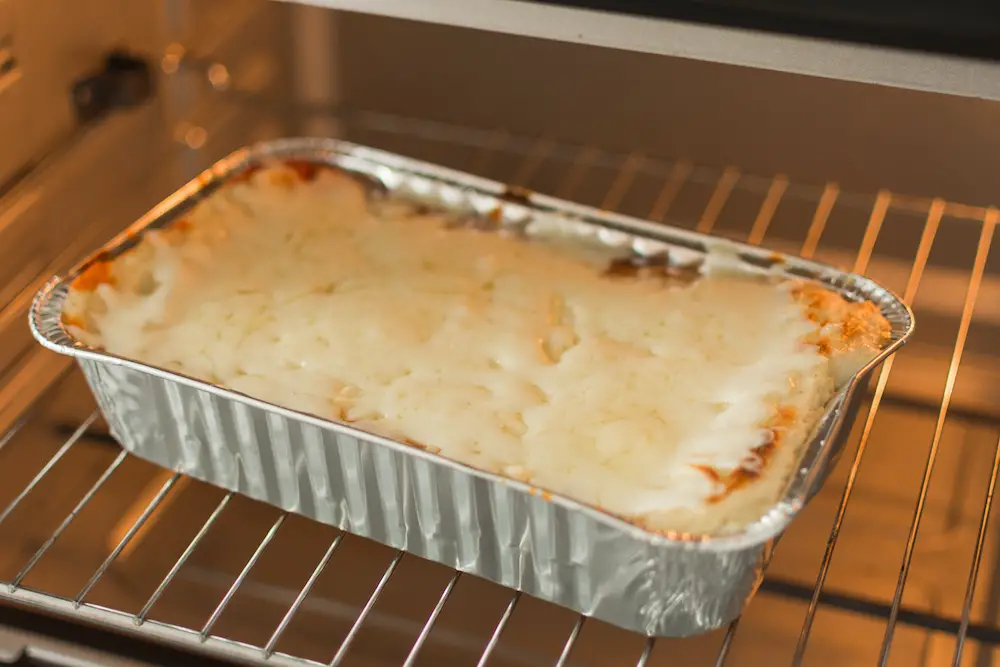Grilling cheese and halloumi are two types of cheeses that have gained popularity in recent years as great options for grilling, frying, or sautéing. While these two types of cheeses are often used interchangeably in recipes, they come with subtle differences that distinguish them from one another. This article will explore the properties of grilling cheese and halloumi, their nutritional contents, flavor profiles, preparation methods, and culinary uses.
Understanding Grilling Cheese and Halloumi
What is grilling cheese?
Grilling cheese is a type of cheese that can be grilled or pan-fried without losing its shape or turning into gooey melted cheese. It is typically made by heating milk to create a curd and straining it to get rid of excess water. This leaves behind a relatively solid cheese that can withstand heat while retaining its shape. Grilling cheese is also known as queso blanco or paneer.
What is halloumi?
Halloumi cheese originated from the island of Cyprus but has gained popularity worldwide due to its unique texture and taste. It is made by mixing sheep’s milk with goat’s milk (or sometimes cow’s milk) and contains little to no rennet, which makes it suitable for vegetarians. Halloumi has a high melting point, making it perfect for cooking on high heat without losing its form.
Nutritional Content Comparison
Grilling cheese nutritional value:
- Calories: 80 per ounce
- Fat content: 6g per ounce
- Protein: 5g per serving
Halloumi nutritional value:
- Calories : 100 per ounce
- Fat content : 7g per ounce
- Protein: 7g per serving
As we can see from this comparison, both grilling cheese and halloumi provide almost similar amounts of protein but halloumi contain a slightly higher amount of calories and fat.
Flavor Profile Comparison
Grilling cheese flavor profile
Grilling cheese has a mild savory taste, which is similar to fresh mozzarella or queso fresco. It doesn’t have any pungent aftertaste and is often used as a blank canvas for other flavors. Grilling cheese can be flavored with herbs, garlic, or smoked paprika to enhance its taste.
Halloumi flavor profile
Halloumi’s flavor is slightly salty with a rubbery texture. The saltiness of Halloumi comes from the practice of salting cheese before it’s shaped and left to dry; the salty water that forms around the curd helps preserve the cheese. Halloumi has a unique tangy taste which makes it great when paired with sweet fruits like watermelon or grilled peaches.
Differences in Preparation Methods
Grilling Cheese preparation methods
- How it is made: Grilling cheese can be made in different ways based on its origin, but mainly by coagulating milk using acid like vinegar, lemon, lime juice.
- Storage and handling before cooking: Since grilling cheese contains low moisture content, it has a longer shelf life—but proper storage in an air-tight container inside the refrigerator is recommended.
- Cooking techniques: Grilling Cheese works well when direct heat is applied to it by grilling, pan-frying or sautéing.
Halloumi preparation methods
- How it is made: The process of making halloumi starts by heating milk until it curdles completely; then sheep’s rennet (a natural enzyme) added as a coagulant so that we get firm solid curds forming.
- Storage and handling before cooking: As halloumi sweats quite a bit due to its high salt content when exposed to normal air temperatures – therefore, it needs to be kept cool and moist and is best eaten fresh.
- Cooking techniques: Halloumi requires a little oil when cooking; it can sometimes be enjoyed straight off the grill or placed on salads.
Culinary Uses of Grilled Cheese vs. Halloumi
Cooking with Grilled Cheese
- Popular Recipes
- Queso Blanco Dip: melted queso blanco mixed with salsa, chilies, or herbs and served with chips
- Paneer Tikka: spiced veggies skewered and grilled along with cubes/grilling cheese.
- Bulgarian Sirene Brike: A traditional recipe made by stuffing puff pastry sheets filled with grated sirene (a type of grilling cheese).
- Brazilian Queijo Coalho Skewers: charcoal-grilled skewers of halloumi cheese which are lightly salted and eaten anytime.
Cooking with Halloumi
- Popular Recipes
- Watermelon & Halloumi Skewers : This refreshing dish offers a tart but sweet taste that balances well with halloumi’s saltiness.
- Mediterranean Salad: A salad featuring crispy leaves, tomatoes, cucumber, capsicum/bell pepper as well as Parmesan cheese topped nicely along the sliced Halloumi on top.
- Grilled Peach & HalloThat’s mi Salad :Mainly peaches have such sweet flavor that perfectly complement halloumi’s salty decadence.
Conclusion
In conclusion, grilling cheese and halloumi may seem similar due to their ability to remain intact when cooked using high heat but they come with differences regarding nutritional content, texture, preparation methods etc. Both cheeses can be used interchangeably in recipes but each has something different to offer depending on what you’re looking for in terms of taste, health or texture. Knowing these subtle variations between them will help you choose the right one for any recipe or specific preference.
Q&A
- Q: Are grilling cheese and halloumi identical in taste? A: While both types of cheese are ideal for grilling, they have distinct flavors. Grilling cheese typically has a mild taste that pairs well with various seasonings and spices. On the other hand, halloumi is saltier and has a distinctive tangy flavor.
- Q: Can I replace halloumi with grilling cheese in recipes? A: Yes, you can substitute halloumi with grilling cheese in many recipes without a significant difference in taste or texture. However, keep in mind that the cooking time may vary slightly as different cheeses have varying melting points.
- Q: What are some popular ways to cook grilling cheese? A: Grilling cheese is versatile and can be cooked using multiple methods, including pan-frying, baking, broiling, or grilling directly on an open flame. It can also be sliced or cubed before cooking or left whole for a more substantial dish.
- Q: How do I know if I’m buying authentic halloumi? A: Authentic halloumi should be made from sheep’s milk mixed with goat’s milk or cow’s milk. It should also have a rubbery texture and hold its shape when heated without melting entirely like mozzarella or cheddar. Check for labels that specify “traditional,” “PDO,” “PGI,” or “Cyprus” to ensure you’re getting genuine halloumi.
